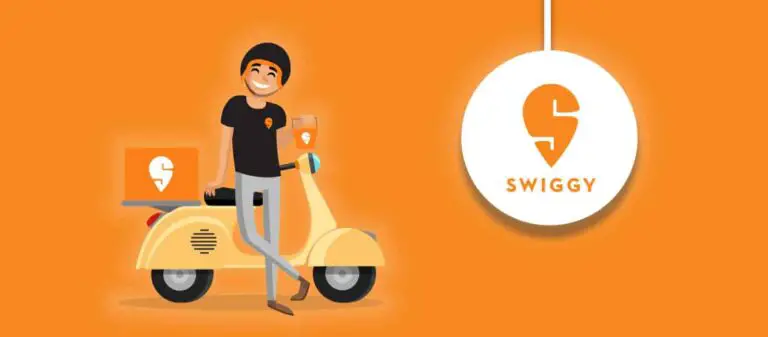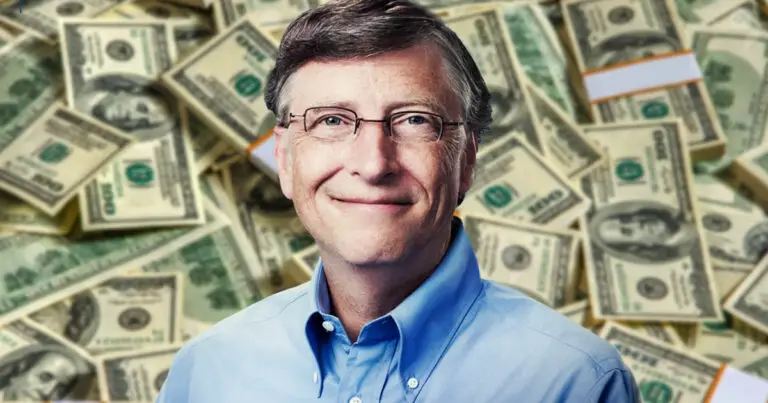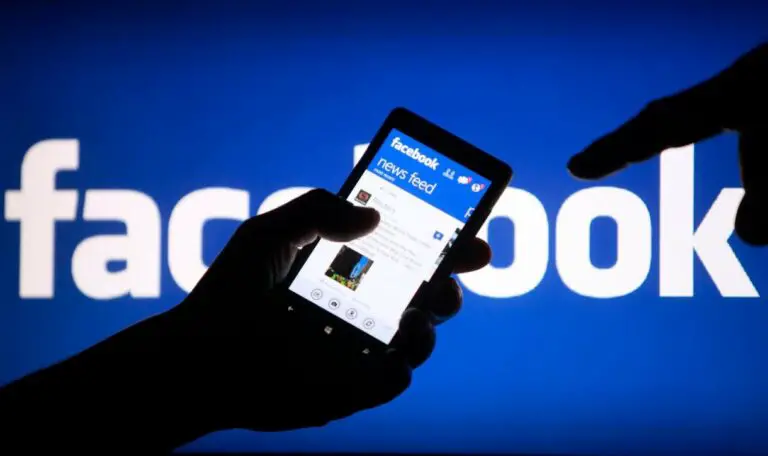WhatsApp Business Model – How WhatsApp Make Money?
There will hardly be anyone in this world who doesn’t know about WhatsApp. It is a popular communication and messaging app. Even though WhatsApp has competition, there were many players like Wechat, Line, and Fiverr, but there is nothing better than WhatsApp. Every user who has a smartphone will have the WhatsApp app installed on their phone.
In this post, we will know more about WhatsApp and understand its business model in detail. Let us check out why! Today, WhatsApp is a highly used messaging app across the world, without any threat of competition visible in its rearview mirror. In 2020, this app had over 2 billion users worldwide, spread over 180 countries.
But, the curious issue about the WhatsApp business model precisely lies in the fact that this is a free service and, surprisingly, with no! Still, the question comes up: how does WhatsApp Business Model work? Let’s go into detail.
WhatsApp Background
It is quite interesting to understand the discovery of WhatsApp and the initial struggle of its founders represents an amazing example of commitment and dedication. Jan Koum and Brian Acton are two gemstones who established Whatsapp in 2009. Though it would be really hard to trust, there weren’t any ads, game plans, and other gimmicks behind the initial launching and further success & journey of this app. With a very small manpower of 50 employees, Whatsapp produced millions of revenue & holds a top position compared to other messaging applications like WeChat, Facebook messenger, Snapchat, iMessage, and others.
WhatsApp Business Model

WhatsApp currently earns money through two different sources: WhatsApp Pay and WhatsApp for Business. WhatsApp produces indirect revenue by ‘Click to ads’ that redirect the users from their Facebook account to WhatsApp. Still, WhatsApp is far away from any kind of in-app advertising.
Revenue Generation Strategy of WhatsApp
WhatsApp got its initial funding of over $250k by 5 ex-Yahoo! friends and was granted co-founder status.
Their second and third funding was done by Sequoia Capital which invested $60 million in WhatsApp Inc. It was their only income source for 50 staff members working for WhatsApp. There was not much cost involved in running this application; the primary cost was sending the verification code to their users.
For this reason, WhatsApp waved off its $1 subscription fees.
This strategy of founders was positioning their brand as a synonym for the instant messaging app. This needed them to capitalize on the network effect.
Their strategy of forming a strong network first & money after proved quite fruitful. After 2 years of getting wooed by Mark Zuckerberg, CEO of Facebook, in February 2014 Facebook acquired WhatsApp for $19 billion and employees were then put on the Facebook payroll including Koum, who is the part of FB board.
Now let us have a close look at the current income sources of WhatsApp personally to understand it better.
‘Click to WhatsApp ads’
Besides WhatsApp For Business and WhatsApp Pay, WhatsApp earns money from Click to WhatsApp ads that aren’t ads shown over Facebook or WhatsApp, but the ads redirect users from their Facebook account to WhatsApp.
As these ads aren’t shown in the WhatsApp app, featuring the revenue of such ads totally to WhatsApp will be incorrect, however, it is a way where Facebook leverages WhatsApp in increasing their revenue.
Now comes our next question: what is WhatsApp’s business model, and how does this company earn in their starting year. Given are some pillars of the WhatsApp business model:
Value Propositions
- Convenience: Users can easily communicate with anybody in this world who has an access to the smartphone with the internet, through a simple interface & instant contact;
- Cost: Users will stay in touch through voice and text messages and internet calls, and share their files without any cost;
- Security: All the messages sent through WhatsApp are encrypted and it prevents leakage of the information that is exchanged privately;
- Features: Over the past some years, WhatsApp has included a few new features, which make sense to their audiences, like an in-built camera and group chat for over 256 people, sending files of 100 MB and sharing status;
- Business: There’s an app for companies, where businesses will be promoted via advertisements. Companies can also create catalogs for the release (the business model will make more sense).
Customer Segments
The majority of the users on WhatsApp are smartphone users. It’s used by everybody from young to old. This app’s intended audiences are users who want to interact with each other for personal and business reasons. The software is one of the most valuable tools amongst international users as it makes them connect with friends, relatives, and even co-workers who aren’t in their country. Business owners make use of this app to message and communicate with the consumers and carry out promotional events.
Key Partners
The key partners for building WhatsApp were, Sequoia Capital & Facebook. Besides these, the key partners include internet providers, mobile companies, app stores, OS integrators, and more.
Channels
WhatsApp’s primary outlet is the smartphone app. Marketing materials that are used by businesses to market their goods are social media postings & its website. Some of the options include the App Store, Google Play, and portable devices.
Key Resources
Certainly, a key resource is the app infrastructure itself, particularly the server and platform. Additionally, the human resources team includes programmers, engineers, designers, developers, marketers, and more. Plus, the WhatsApp brand laid its foundations on zero advertising concepts.
Activities
Some of the important WhatsApp activities are mainly focused on one single aim which is offering the top messaging application platform to their users. Such activities include:
- Improving customer support
- Developing application software
- The brand encouraged & worked over no advertisement strategy.
- Maintain complete privacy and security in using an app
Pay Service
WhatsApp has recently added one new feature named Whatsapp Pay only for India for the moment. With this feature, users can send and receive money to anyone from the contact list with the help of this service. So, all you require is an active bank account and debit card linked with that account in India. For each transaction you make, Facebook will take their commission from it.
Future of the WhatsApp Business Model
Today, more than one billion users across the world make use of WhatsApp regularly to stay connected to their loved ones.
It makes many different features that are available for users and includes extra facilities so the user does not need to bother installing apps for each purpose that is related to the communication.
Although WhatsApp today has gained huge popularity in the last few years, still it faces huge competition in Japan, and Korea, where WeChat is exclusively used.
Some countries have also banned WhatsApp usage because of differences in ideologies. However, the lack of grip over these countries and revenue lost because of this is compensated by the huge usage of an application in a country like India.
The best thing is WhatsApp has revolutionized the way people message and communicate, and the journey of evolution actually holds an important spot in today’s technology field. Many businesses function over WhatsApp, and many companies have also associated with this application to offer customer care to the clients.
Event organizers and travel companies are sharing some important details with the clients. The best part is news articles & information can quickly be circulated through WhatsApp.
FAQs
WhatsApp generates a yearly revenue of $15 billion on average, with average revenue for every consumer of $7.
The caller and receiver pay data charges for the call and receive the call from the network getting used for WhatsApp call.
WhatsApp company offers business owners various tools inside an app to show their product portfolio, schedule autoresponders, submit greeting messages, and much more.
Final Words
So, this is all you wanted to know about the WhatsApp business model. Whatsapp is a familiar name today to everybody. There’s no contradiction in the point that the platform has revolutionized the way we message and communicate with each other. It has completely taken over MMS, SMS, and various other services. This software is quite popular among various age groups, and with Facebook’s control over this app, we can see more unique WhatsApp features in the coming years.






